
Acrylics and oil paints, what are their differences and similarities? And when should I use which? Many beginners who’s never tried oil painting may have a misconception that oil painting is way more difficult and messy compared to acrylics, thus opting to use acrylics if given the choice. However, the different properties of acrylics and oil paint will affect how you progress with your paintings. Are you a slow or fast painter? The answer to this question may affect which medium you prefer. Acrylics and oil painting are similar in some ways but also different in many other ways. In this post, I’ll be showing you the similarities and differences between these 2 painting mediums.
When I was in Primary school, I was introduced to acrylics and watercolour painting in art classes. I didn’t know about oil painting until much later and only tried it out on my own when I was 19! After that, I’ve become a great fan of oil painting. I wish I’d try it out sooner! As an oil painting fan, I’ll try my best to not be too biased towards oil paint in this post.

Drying time
One main difference between acrylic and oil painting is the drying time of the paint. The drying time of the medium can affect the type of technique you can use for your painting.
Acrylic paint is water-based, so it dries very fast, the drying time may vary from a few hours to a few days. If you are really impatient, you can use a hair dryer and blow warm air onto the painting evenly to speed up the drying time. Due to the fast drying time, you can add on layers of paint quickly, however, you won’t be able to blend colours as smoothly as oil paints on the canvas.
Oil paint is oil based, it dries very slowly, it can vary from a few days to even a few years! Due to its slow drying time, this medium is good for people who like to work slowly or like to use the wet on wet technique. If you are a fast painter, you may prefer using acrylic paint and if you are a slow painter, you may prefer using oil paints.
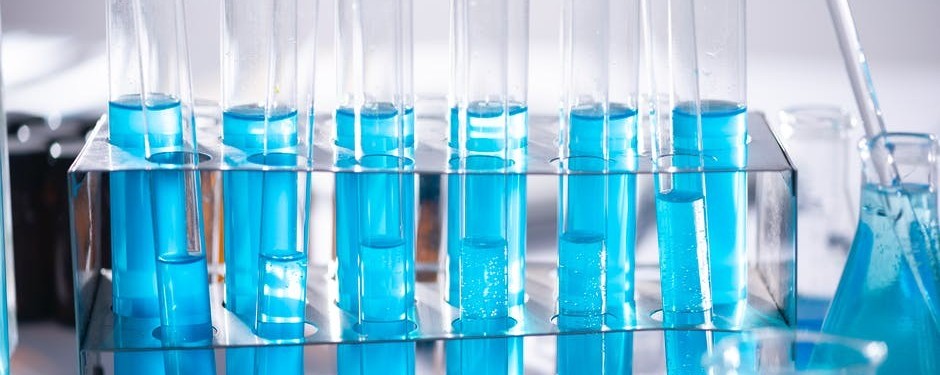
Solvents and mediums
The solvent used to clean paint off of brushes are different for oil and acrylic paints. For acrylic paints, only water is needed to wash undried paint off of paint brushes. For oil paints, you will need to get special cleaning solutions, some popular ones are Zest-It and Mona Lisa odourless paint thinner.
Mediums are used to change the properties of the paint. Linseed oil is a medium that slows down the drying time of oil paints for artists that like to work really slow. Alkyd gel is a medium that speeds up the drying time of oil paints. Poppy oil is a medium that increases flow and gloss of the oil paint.
The same goes for acrylic paints. There are mediums that slow down or speeds up the drying time, enhances flow and consistency of the paint, change if the finish is matt or gloss etc.
As beginners, mediums aren’t a must for you to use. However, as you get more experienced, you should try out these mediums, experiment with how they change the properties of your paint and add the ones you like into your painting workflow.
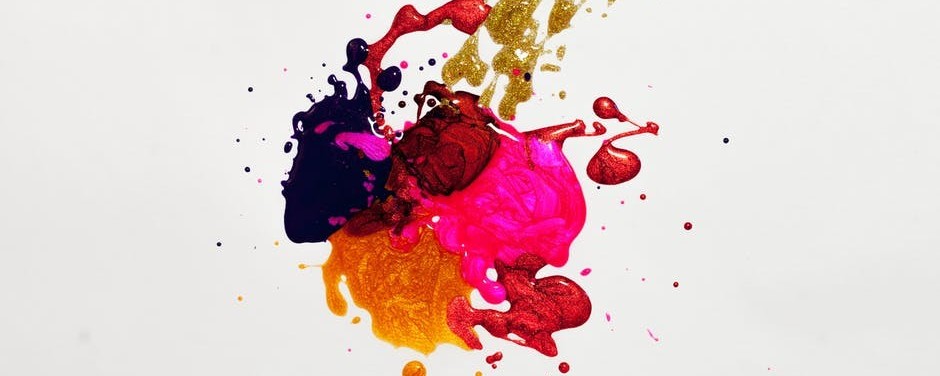
Keeping leftover paint
Very often, you will find leftover paint on your palette after a painting session. They are a waste to just throw away, especially if you’re on a budget or you’re using higher quality paint that’s more expensive.
To prevent acrylic and oil paints from drying, you just have to put them in an airtight container. You can also put them in the fridge to keep them wet even longer. You can keep the leftover paint in their separate piles. If you have piles of mixed colours that you probably won’t need to use again, you can mix them all together to form a neutral colour. Neutral colour is very useful in paintings, they help tone down colours that are too bright or saturated, they are also a good base to work on if you’re painting skin tones.
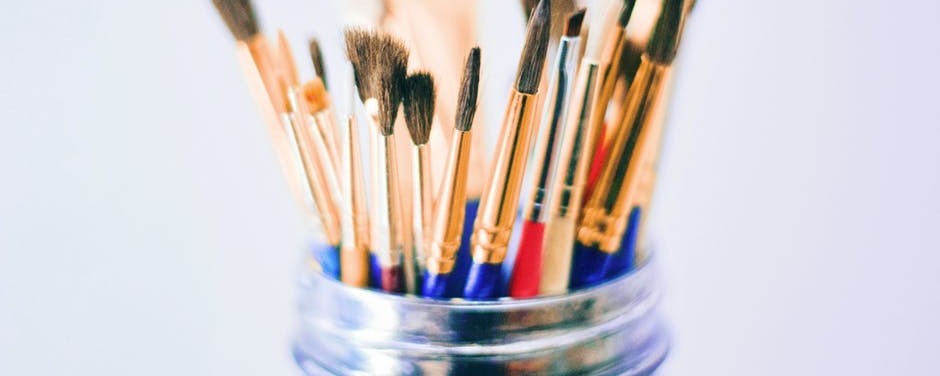
Bristle type
Since both mediums use paint, I should be able to use the same brushes right? Not really. There are 2 types of bristles on paintbrushes: natural and synthetic.
Natural bristles are made from animal fur and synthetic bristles are made from polyester and nylon. Natural bristles can carry more paint and it’s softer, it’s good for oil paints. Synthetic bristles are good for acrylic paints as the bristles won’t absorb water from the paint like natural bristles and make it difficult to apply the paint onto the canvas.
However, these are just some basic rules for beginners. As you get more experienced, you may want to experiment around with texture, for example, an old stiff brush can create some interesting textures. You may not even use a paintbrush and use a palette knife to paint straight on the canvas! Apart from bristle types, brushes also come in different shapes and size too!
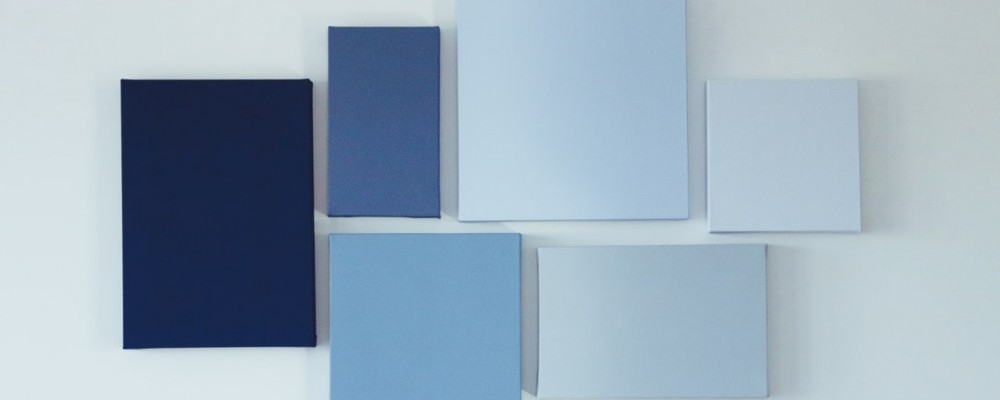
Priming canvas
Priming the canvas is an important step to take before evening starting your painting. It’s a simple step that involves coating a few layers of gesso paint on to your canvas. Let each layer dry completely before adding on the next layer. Usually, a minimum of 2 coats should be used. Use a sponge brush for smoother surfaces. If you use a bristle brush, the surface of the coat may feel bumpy or uneven. You can leave it as it is for texture or smooth it with sanding paper. Careful not to sand too much or you may end up sanding your primed layers away.
Priming the canvas is a must for oil painting if you want your painting to last a long time. The chemicals in the oil paint will eat away the canvas in the long run if it’s unprimed. Priming the canvas separates the surface and the oil paint to prevent rotting.
Priming the canvas is optional for acrylic painting but it’s a good practice to do so. Painting directly on unprimed canvas is going to soak up a lot of paint due to its absorbent surface.

Clean up
After a painting session comes the dreaded cleaning up. Acrylics are easier to clean up compared to oils, all you need is some water or some soap and everything can just go down the drain. However, you should try to clean your brushes before any acrylic paint dries on them. If that happens, it will be very difficult to wash them off, it may even damage your brushes.
For oil paints, the cleaning solution used to clean oil paint off of brushes must not be poured down the drain. They are considered hazardous waste. Most of the solutions may also be fire hazards. You must bring it down to your local hazardous waste collection site. However, the good news is, you don’t have to do that very often as these cleaning solutions can be reused easily. Just let the dirty solution sit for a day or so and all the oil particles will sink to the bottom, leaving the rest of the solution on top clean and good to use again. You can either use the solution as it is with the residue at the bottom or transfer the clear solution to another container. I use the solution in the same container for a few painting sessions until the residue builds up to a certain level before transferring the clear solution into another container. Also noted that you mustn’t use plastic containers for storing these solutions, the solution may eat away your plastic, so it’s a good practice to use a glass or metal container.
As for the oil residues, it is also a good practice to dispose of them the same way, as some oil paint colours may contain chemicals that shouldn’t be disposed of normally. You should wipe them off with a cloth and keep them in a metal or glass container before your trip to your nearest hazardous waste collection site. If you are not sure what to do, contact your local council about the matter.
So these are some of the similarities and differences between acrylics and oil paint. I hope you’ll keep these properties in mind when you’re trying them out for the first time to speed up your learning process. After reading them, you might have a vague idea of which type of painting medium you may prefer. However, I’d suggest to try out both of them. There’s no rule saying you can only use one of them. You may even fall in love with both of them!
I hope you’ve enjoyed reading this post and have learnt something new from it. Feel free to leave a comment or ask a question down below.
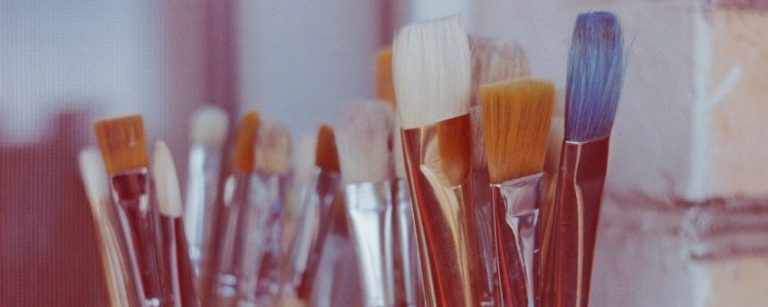




7 Responses
No questions on the topic or overall article was very good and some useful tips and information. The only thing I could discuss about the topic as well as offer my personal experience is my wife and I use both however you’re right when you say the clean up with the acrylics is the easiest compared to the oils of course and much easier when you have children or craft parties. We do lots of arts and crafts and my wife is the experienced one. My overall opinion about the topic is both are great, both work but its god to know some differences ad similarities!
Hi, glad you found the post informative. Yes I do agree that acrylics would be a better choice for children’s craft parties. They are easier to clean up and also don’t need the use of chemicals that may be harmful to young children.
I’ve been using acrylic and watercolor paints since preschool. They are indeed very convenient to use. However, as an artist, I feel like I need to experiment and learn new things in order to open up my mind and I thought about using oil paints for a while.
Thanks for letting me know the differences between acrylic and oil paints. I know that switch is going to be challenging but I am very excited at the same time 🙂
Hi, glad you found the post useful. I hope you will enjoy oil painting as well.
Thanks for taking time to write on this. One thing i know about this two is that you can utilize oils over dry acrylics however never under any circumstance use acrylics over oils! Since oil paint contains more pigment than acrylic paint, colors in oil painting typically look much more richer, glossy and vibrant.
Regards!
Hi, you’re right. You can paint oils over acrylics but never the other way around. One reason for this is that acrylic paint cannot stick on to oil paint, it will peel or flake off once it dried.
Thanks Mary for the writing. I love my acrylic paints – haven’t done much oil painting in fact! I don’t have much patience, so in that way acrylics are prob best. However I LOVE colour, layers & don’t have a clue about wet on wet painting. What I’d like to know (since I’ve heard fr various places ) is how/why oil paints are considered to be richer in colour. Apparently they have more pigment! * If so, why aren’t acrylics made containing more pigment also..seems strange??
thanks Lisa lisavogelart.com